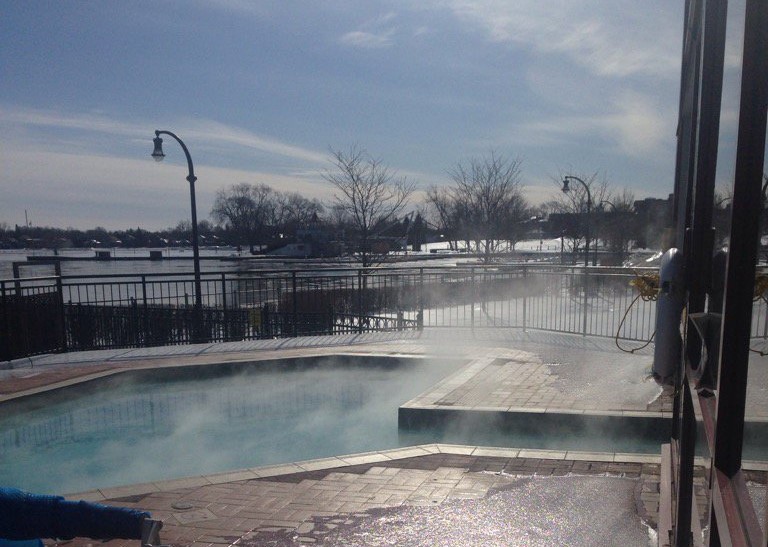The Pros and Cons of Salt Pools

Let’s talk about salt…the stuff you put on French fries. The stuff that enhances flavors in foods and indirectly contributes to high blood pressure (but this is a blog about pools and spas — not a medical blog).
When I started teaching and presenting seminars for Taylor back in the early 1990s, I would often begin a class by asking how many people used chlorine, bromine, ozone, or salt as a sanitizer. When I mentioned salt, I’d get that deer-in-the-headlight look, and maybe one person out of a hundred would actually know what I was talking about. Back then, chlorine generator systems were pricey, hard to install, and difficult to control.
Stepping into my time machine, let’s fast-forward to 2017. At a recent seminar I asked that same question, and this time 80‒85 percent of the attendees raised their hand, acknowledging that they either knew about chlorine generators or serviced them frequently. Systems are less expensive now, more reliable, and relatively ease to service.
Chlorine generating systems (aka “salt” systems) are pretty easy to understand. You put some salt (sodium chloride) in the water, add some electricity to the mix, and everything dissociates (splits off) and forms new compounds. One of these new compounds is HOCl (hypochlorous acid). HOCl is the active chlorine sanitizer and oxidizer that does the job of killing bacteria and other harmful microorganisms, AND, it oxidizes the organic materials (hair, skin, oils, etc.) that come off of swimmers’ bodies.
The Good News about Chlorine Generating Systems…
- There’s no need to add chlorine products directly unless you need to shock the water.
- Storage of salt is not an issue as it is with some chlorine products (e.g., calcium hypochlorite).
- Users claim their skin feels better/softer. (I had one guy tell me that it made water wetter!)
- It’s easy to test for sodium chloride. A simple drop test or a test strip can be used. There are even some online systems available.
- Salt is less expensive than chlorine products.
- Long-term maintenance costs are relatively low.
The Not-So-Good News about Chlorine Generating Systems…
- The chemical nature of the process tends to push pH levels up and up, so some type of acid feed system is usually required to help control pH.
- Chlorine generation contributes to TDS levels greatly, so more frequent testing is needed.
- Up-front costs can be expensive.
Deciding whether or not a chlorine generator system is right for you or your customers will take some careful weighing of the pros and cons. However, I can tell you that the future of this system is healthy and full of opportunities for builders, contractors, and service technicians.

